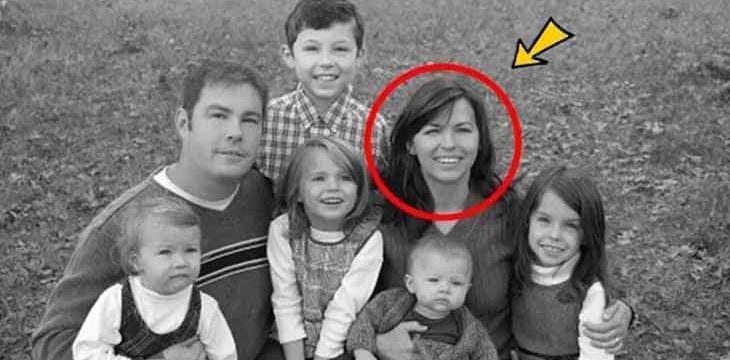What You See in This Mountain Scene Reveals How Your Brain Works
At first glance, this stunning mountain landscape might just look like another beautiful nature photo. Snow-covered peaks rise majestically under a deep blue sky, with clouds swirling around the rugged cliffs. But there’s more to this image than meets the eye—it’s actually a playful test of how your brain processes visual information and perception.
The theory behind this image suggests that what you see reveals something about how your brain functions. If you’re right-brained, you’re more likely to see a goat scaling the rocky cliffs. If you’re left-brained, however, your logical mind might picture an eagle soaring through the clouds. Let’s dive into what this means and why different people might see different things.

Right-Brained: The Creative Mind Sees a Goat
The right side of the brain is often linked with creativity, intuition, and a big-picture approach to thinking. People who are more right-brained tend to see the world in a more abstract and imaginative way, focusing on emotions and artistic patterns.
In this image, right-brained individuals might first notice a goat. The combination of snow, shadows, and the diagonal ridges of the mountain create the illusion of a goat climbing the cliffs. The snow’s shape and texture mirror the agile stance of a goat navigating the rough terrain, blending naturally into the rugged landscape. For the creative thinker, the scene comes alive with movement, like a story unfolding of the goat reaching new heights.
Left-Brained: The Logical Mind Sees an Eagle
On the other hand, the left side of the brain is associated with logic, analysis, and a detail-oriented way of thinking. Left-brained people excel in areas like mathematics, language, and structured problem-solving.
For these individuals, an eagle might appear more clearly in the image. The lines of the snowy peaks and the cloud’s shape resemble the wings of a bird in flight, gliding effortlessly across the sky. The clean lines and symmetry of the mountains and clouds form an eagle with outstretched wings, as if soaring above the snowy peaks. The left-brained mind appreciates the structure and precision in this scene.
The Science of Perception: Why Do We See Different Things?
This fun exercise plays into the idea of “left-brained” and “right-brained” thinking, though modern neuroscience shows that both sides of the brain work together more seamlessly than once thought. However, it’s still an interesting way to explore how our cognitive styles can influence what we see.
The right brain tends to interpret visual stimuli in a more abstract and holistic way, while the left brain processes information with more detail and linearity. When faced with an image like this, your brain may interpret shapes and patterns based on your dominant cognitive style. But in reality, both sides of the brain work together in all types of thinking and perception.
Switching Between Perceptions
Once you’ve seen either the goat or the eagle, your brain may eventually switch and let you see the other animal. This happens because your brain can toggle between creative and logical thinking. One moment, you’re seeing the abstract shape of a goat, and the next, you’re focusing on the clear lines that form an eagle.
This switch between perceptions highlights how our brains process complex visuals. Just like in everyday problem-solving, we rely on both creativity and logic to make sense of the world.
What Do You See?
So, what do you see in this mountain landscape—a goat scaling the cliffs or an eagle soaring above the peaks? Maybe your perception says something about how your brain works, or maybe it’s just a reflection of your mood in that moment.
This image is a reminder of how beautifully complex and fluid our minds are, constantly reinterpreting the world in personal ways. Whether you’re right-brained, left-brained, or somewhere in between, the real takeaway is the wonder and curiosity that a simple mountain scene can inspire.





